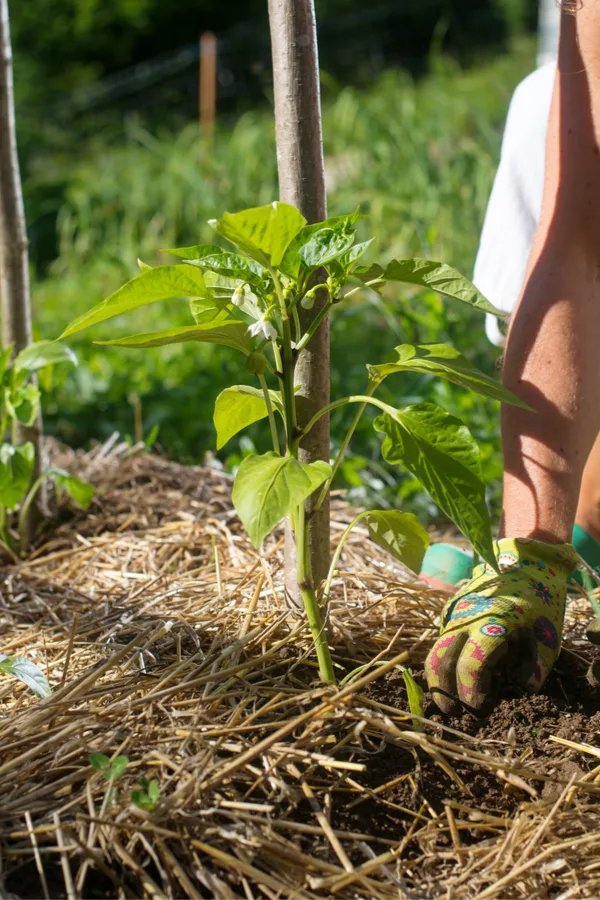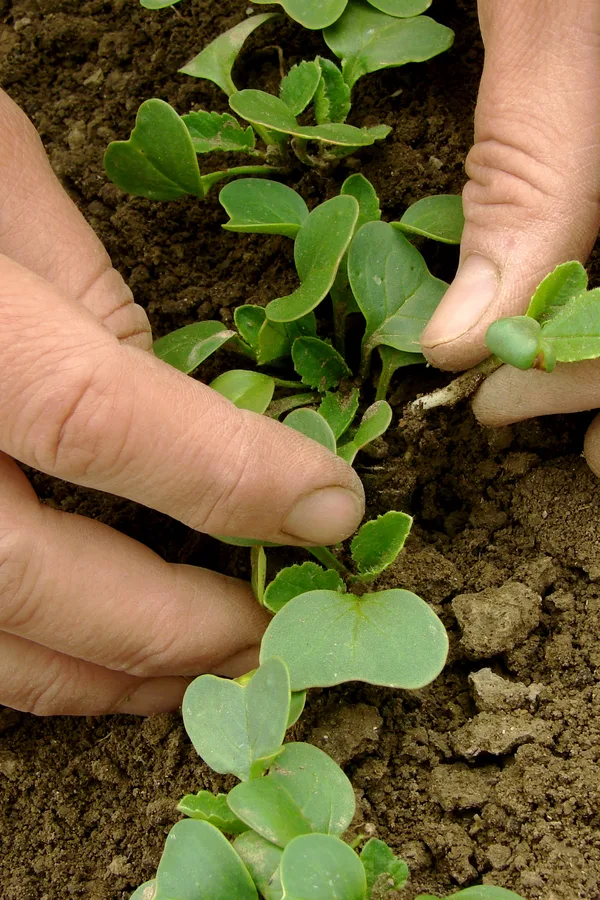Today’s article is all about avoiding some of the most common garden mistakes new gardeners (and veteran gardener’s too) often make as they embark on a new growing season.
There is nothing quite like the anticipation of planting and growing your own food. Especially if it is for the first time! The thought of planting a tiny seed and watching it grow up to produce something that can end up on your kitchen table is certainly one that can put a smile on your face.
As thrilling as the thought of growing your own fruit and vegetables can be, it can also be extremely disheartening when it all doesn’t exactly go as planned.
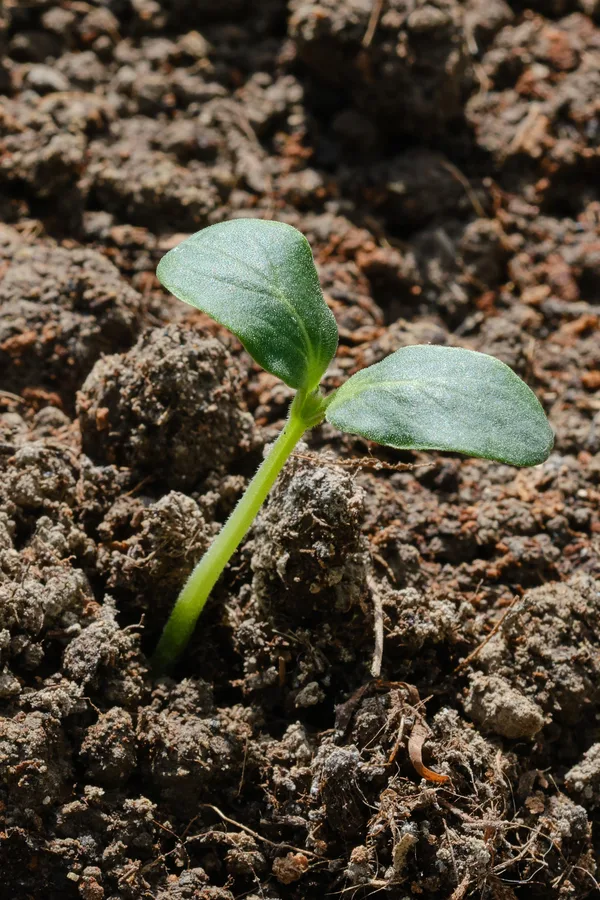
Sometimes, a rough garden season is simply out of our control. It could be storms that injure crops. Or a lack of rain or perhaps the rain just never stopped. Of course, sometimes pests can create issues as well. But one thing a gardener can control is to avoid some of the most common pitfalls and mistakes that can cause plants to fail without any outside help.
With that in mind, here is a look at 7 of the most common garden mistakes of all, and how to avoid them to give you the best possible chance at gardening success!
7 Common Garden Mistakes – And How To Avoid Them
#1) Planting Too Early
If there is one mistake that nearly all gardeners make at some point in their gardening experience, it is planting too early in the season.
It’s certainly understandable. The excitement and anticipation of planting gets to us all at some point. After all, winter can be a long, dreary season. And after dreaming about your garden for months, most of us want to plant at the first hint of warm weather. But that can spell big trouble!
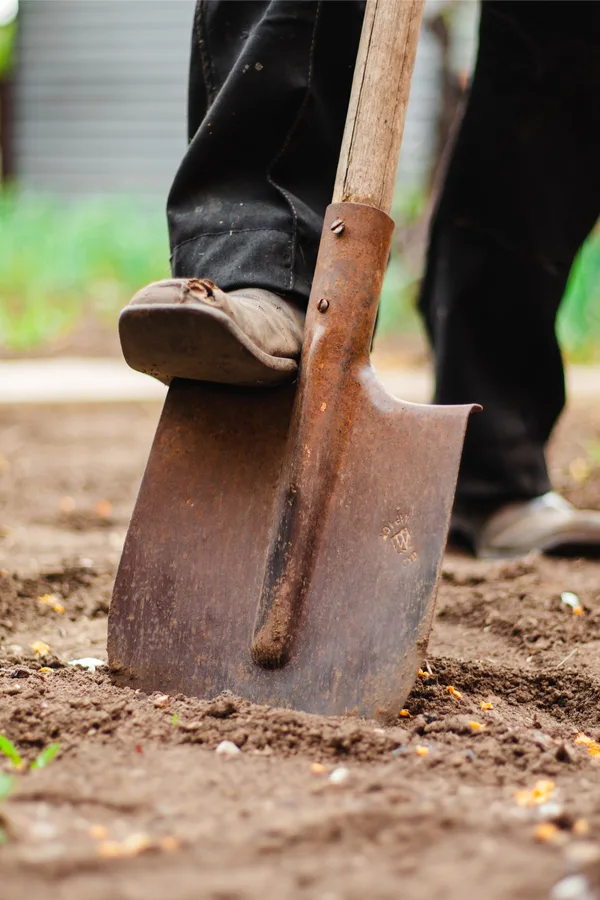
Planting too early in the growing season can wreak havoc on your plants. Just because you have had a few days in the 70’s or even 80’s – it is important to wait to plant transplants and warm loving seed crops after the soil warms up, and after the threat of frost in your area is over.
Allow The Soil To Warm
When plants or seeds sit in cold, wet soil, they can suffer from a whole list of ailments. Mildew, rot, and just plain poor growth all can occur when planting too early. Not to mention, a frost or freeze can also wipe out all of your hard work in a single night!
First and foremost, know your areas average last frost date and plant accordingly. In addition, allow the soil temperature to warm to at least 60 to 65 degrees (F) before planting tomato, pepper, cucumber and other vegetable transplants. The same goes for warm loving seeds seeds too.
Warm soil is the key to healthy plants. It takes a solid week of 70 plus degree weather to really begin to warm the soil. One of the best ways to know your soil temperature is with a soil thermometer. They are inexpensive, easy to use, and tell you the soil temperature in an instant! Product link : Soil Thermometer
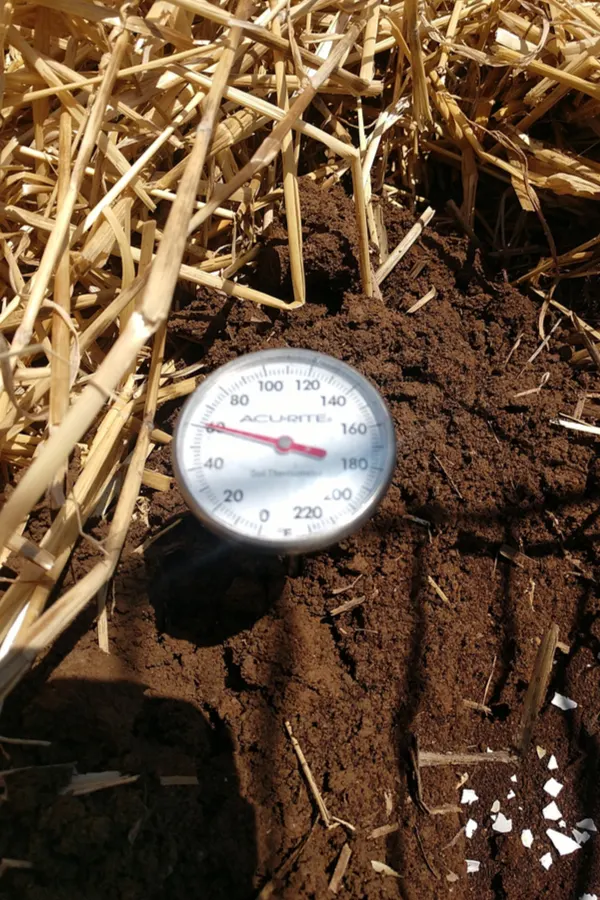
But remember, if you are anxious to get planting, there are some seeds that can go into cool ground. In fact, they actually thrive in cooler conditions. For more on cold loving crops, see 7 Spring Crops You Can Plant Early.
#2) Crop Rotation – 7 Common Garden Mistakes – And How To Avoid Them
If you continue to plant the same plants in the same location in the same soil year after year – bad things are going to happen.
Vegetable plants use up a tremendous amount of nutrients in the soil to grow and produce each season. But by moving plants to a new spot in the garden each year, you give the soil in that area a chance to recover from the same plant taking out the same nutrients.
Different plants have different needs from the soil. By changing up their location each season, you give them a better chance of finding more of the nutrients they need.
Just as important, soil borne diseases and pests that attack plants have a much greater chance of becoming an issue when the same plants are placed in the same location year after year. It allows them to establish in the soil and be ready to pounce on your plants when they go in the ground!
To give your garden the best chance of success, rotate your plants each season. Try to make sure that you allow at least three growing seasons go by before putting vegetables such as tomatoes and peppers in the same location.
In addition, be sure to add plenty of compost into your planting holes each year to revitalize the nutrients taken from the previous year’s planting. And if you garden in pots and containers, always replenish the soil every growing season to give your plants new nutrients.
3) Failing To Mulch – 7 Common Garden Mistakes – And How To Avoid Them
If you want to have less weeds and healthier plants, mulching your plants is a must! Leaving your plants to fend for themselves in bare soil is asking for all kinds of garden trouble.
Bare soil makes it easy for weed seeds to establish and take hold. And those weeds do more than look unsightly, they also steal nutrients from your plants.
But bare soil leads to more issues than just weeds. It also allows the soil to dry out quickly, and that means your plants will too. In addition, it allows the soil temperature to fluctuate quickly on cool nights and hot days – and that can hurt plants as well.
Mulch plants as soon as you plant. A few inches of straw or glass clippings will do wonders to keep moisture in, weeds out, and the soil temperature regulated for optimum plant growth.
#4 Under / Over Watering – 7 Common Garden Mistakes – And How To Avoid Them
Many gardeners tend to hurt new plants by either drowning them with too much water, or starving them with too little. But fortunately, there are a couple of easy ways to make sure you are watering correctly.
It all starts by knowing the moisture requirements of your plants. In general, a good rule of thumb is that most new transplants will need about one inch of water per week. How much is that? Well rainfall is easy to measure, but for hand watering, that is about 3/4 of a gallon for new transplants every week.
It is typically better to water a little deeper every few days rather than to water a little every day. This allows roots to search down further in the soil and build a stronger base.
Get to know your plants and research what type of moisture that they require – and don’t feel the need to get that hose out every day. If your plants are turning yellow, it is often a sign of over watering. If they are curling up and look dry, it is the most common sign of under-watering.
5) Water At The Base – 7 Common Garden Mistakes – And How To Avoid Them
When it comes to watering, one of the biggest mistakes you can make is to water plants from above. As in with a big sprayer or stream of water descending down on your plants. It may look refreshing to plants, but it can cause a whole host of plant issues.
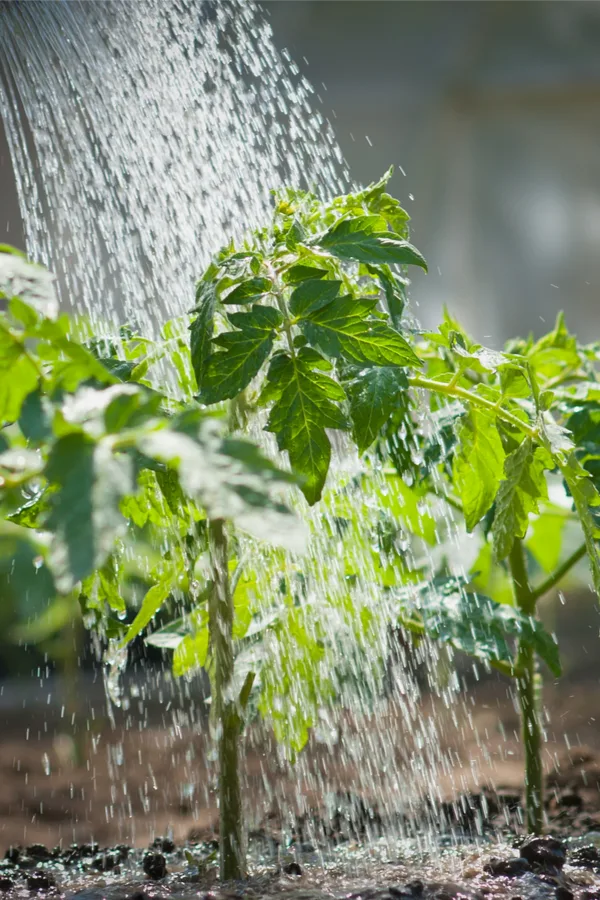
Watering is best done at the base of plants. For starters, it put the water right where plants need it, at the root source. But it also helps with lessening the chance for evaporation.
When water is sprayed from above, much of the water can evaporate before getting to the plants. Even more, when sprayed at a fast or hard rate, it can also damage tender plant stems and knock off blooms.
But perhaps most important, keeping water off of the plant’s leaves will help keep disease at bay. Excess moisture on leaves can lead to mildew and other plant problems. And if the sun is out, it can also burn the plants foliage.
6) Failing To Thin – 7 Common Garden Mistakes – And How To Avoid Them
When it comes to seeds crops such as carrots, onions, radishes, beans and peas – one of the biggest mistakes gardener’s make is in not thinning the young seedlings after they germinate.
Thinning insures that the remaining plants have a place to grow and thrive. Without it, plants don’t have a chance to reach their full size. The result are vegetables that end up stunted, or that grow together into a tangled mess.
It can be hard for new and even seasoned gardeners to pluck the life from a perfectly good seedling. But thinning must be done for the rest of the crop to mature to full size.
7) Planting Too Much – 7 Common Garden Mistakes – And How To Avoid Them
Last but not least, many new gardeners (and again, veteran gardeners too!) simply plant too much in their garden.
For some reason, gardeners inherently want to plant every vegetable that they have ever eaten – and many that they haven’t or won’t. Start off with a few vegetables, and know how much produce each plant will provide. Learn from your neighbors and local greenhouses about what grows well in your area/zone.
If you plant too many or too much, you will not only be spending an excessive amount of time in the garden, but also inundated with produce. Then the next problem will arise – what in the world to do with all of these zucchini!
Here is to a successful growing season this year – Happy Gardening! Jim and Mary.
Jim and Mary Competti have been writing gardening, DIY and recipe articles and books for over 15 years from their 46 acre Ohio farm. The two are frequent speakers on all things gardening and love to travel in their spare time.
As always, feel free to email us at thefarm@owgarden.com with comments, questions, or to simply say hello! You can sign up for our free email list in the subscribe now box in the middle of this article. Follow us on Facebook here : OWG Facebook. This article may contain affiliate links.

